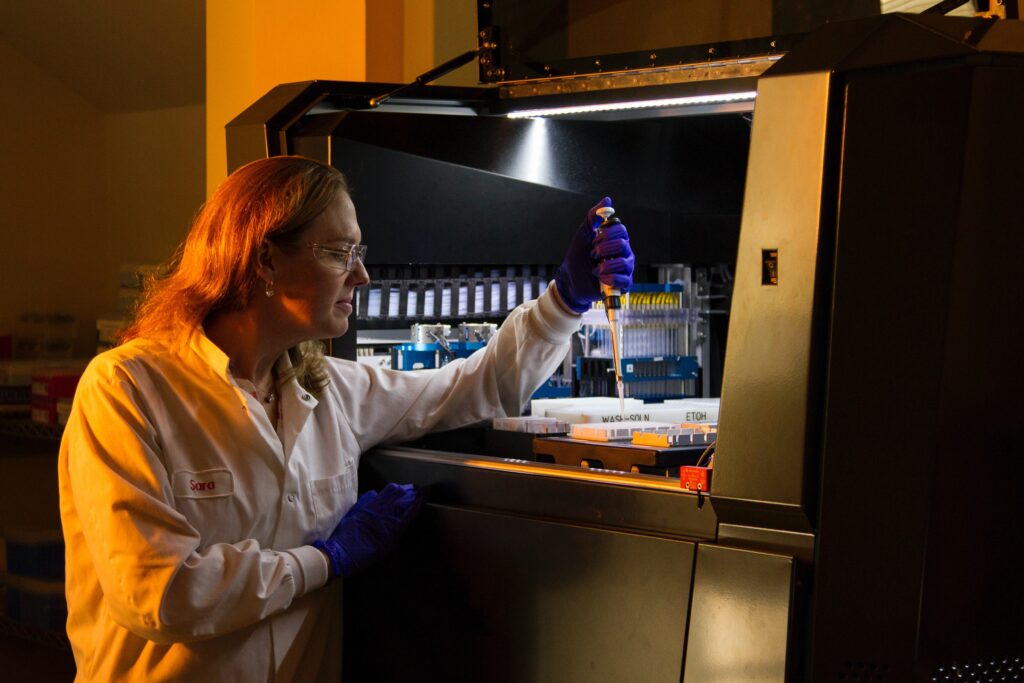Connecting Dots
I wanted to be Lewis Thomas MD when I was in medical school. He had a regular contribution called “Notes of a Biology Watcher” in the prestigious New England Journal of Medicine (NEJM) for many years. Medical students were encouraged to subscribe to the NEJM and to read the most current applications of science to medical care issues. The editors still do a great job of permitting for the most part only articles that translate to active care of people.
Lewis Thomas was an exceptional essayist. He published his Notes as observations of the science and wonder around us, from microbiology to nuclear fission (Lives of a Cell, Medusa and the Snail). He connected basic science to the most complicated scientific systems. His essays are full of insight from cell biology into the art of medicine and he was able to make meaning from radically different subjects. Such titles as, “Basic science and the Pentagon”, The Attic of the Brain,” and “Things Unflattened by Science,” all speak of the common elements between human activities and the natural world. Thomas was a master at dot-connecting between basic science, medicine, and everything else.*
He was educated at Princeton and then Harvard Medical School and served in the south Pacific during WWII. Subsequently, after many academic posts, he became the dean at both Harvard and Princeton. He was the chancellor of Memorial Sloan Kettering Cancer Center in New York and SUNY Stony Brook. He died in 1993. I communicated with him regularly during the 80s but never met him in person. I have a handwritten treasure on the wall that says simply, “Dr. Stultz, I like your writing. Keep writing, time or not. Lew.” He was described as a physician, essayist, activist, researcher, educator, poet, and etymologist. He was transformed by seeing the devastation of Hiroshima and Nagasaki and it changed his perspective on life and as a physician.** I would encourage you to read his autobiography, The Youngest Science: Notes of a Medicine Watcher. *** You can get a gently used volume online for under ten bucks.
Parkinson’s Research
I bring Dr. Thomas’ recurrent theme to the front here because basic science has something to offer us all (“Nucleoli revealed worlds of meaning, peptides hid in oceans of being”*) and because that’s where we are in Parkinson’s research.
We are stuck between the basic science of dopamine receptors and how to get to those receptors with drugs that work efficiently without dangerous side effects. We are stuck with how to re-create stem cell making in leukemia treatment into stem cell delivery of dopamine-making cells in Parkinson’s Disease. We are stuck on how to get drugs past the blood-brain barrier in humans with drugs envisioned by scientists. We are stuck on how best to develop a standard of care with the best practices in a disease complex that seems to vary greatly from person to person. Is there a way to join the other diseases that are now providing remissions with cellular inflammatory inhibitors?
All these things are at play as the drouth in the funding of basic science research continues over the last several decades and since Lewis Thomas warned us about cuts in basic science research. The Michael J. Fox Foundation gets it. They understand it will take a combined effort between basic science and tertiary clinical research to “find a cure in this generation.” Until someone connects the dots to more effective treatment and remission, Parkinson’s will continue to grow in numbers as the world gets older.
We all have a stake in this research as it is difficult to find people that don’t have a one-off relationship with PD.
He that will not apply new remedies must expect new evils: for time is the greatest innovator, noted Francis Bacon.
Lewis Thomas would agree.
__________
*Shepard, R.Z. “Doubts”. Time. October 24, 1983. pp 96-97.
** Thomas, Lewis. Late Night Thoughts Listening to Mahler’s Ninth Symphony. The Viking Press. NY NY. 1983.
Thomas, Lewis. The Youngest Science. Notes of a Medicine Watcher. Tenth Edition. Penguin Books. NYNY. 1995.
Photo by Wikipedia
Dan Stultz, M.D., is a retired physician who was diagnosed with Parkinson’s disease 14 years ago at the age of 57. He practiced internal medicine in San Angelo, Texas, for 28 years and became the President/CEO of Shannon Health System. He served as President /CEO of the Texas Hospital Association from 2007 to 2014 working on medical and health policy. He served as guest faculty at the Texas A&M Medical School in Round Rock and retired in 2016. He and Alice live in Georgetown, Texas.

